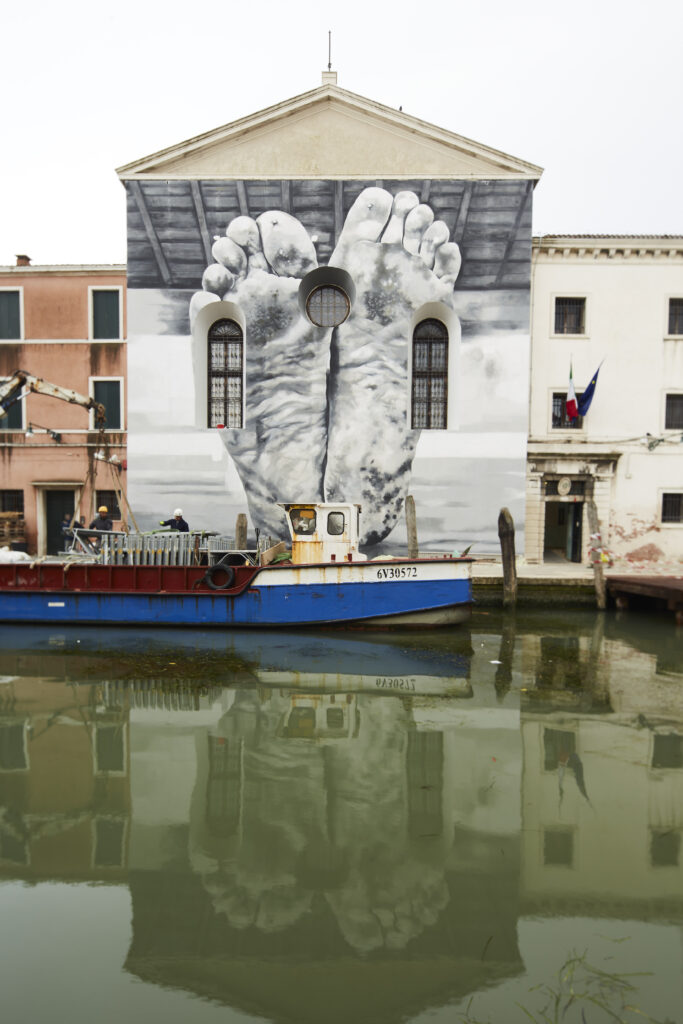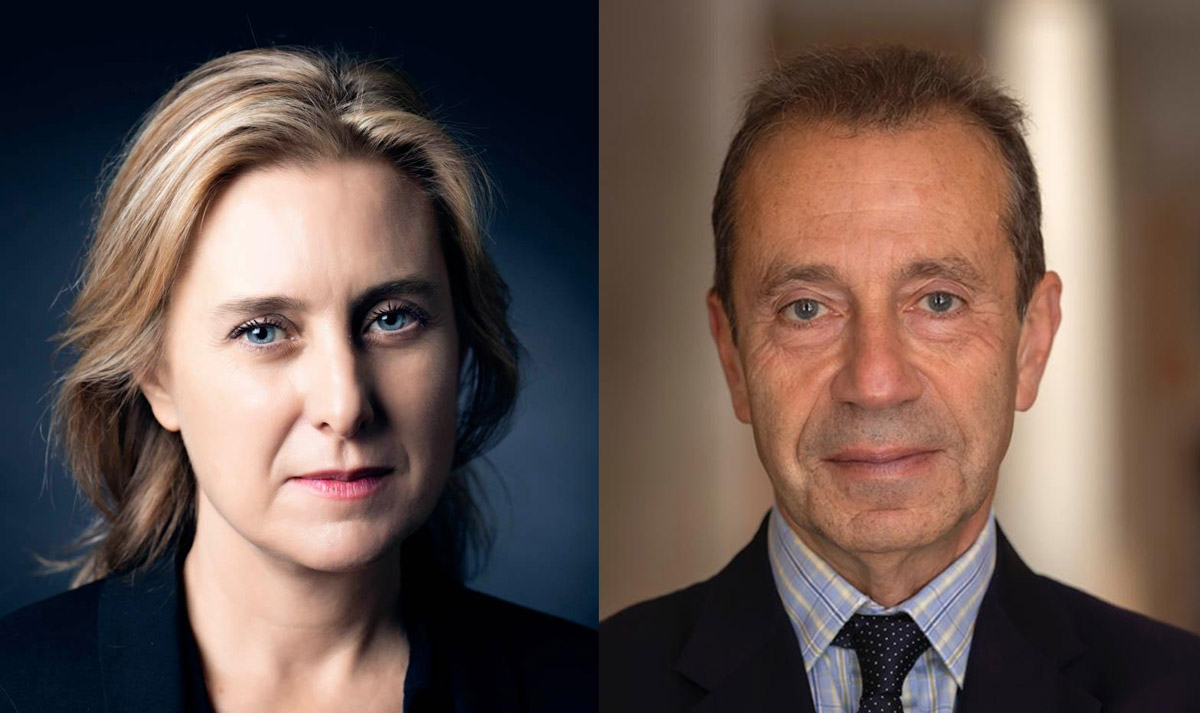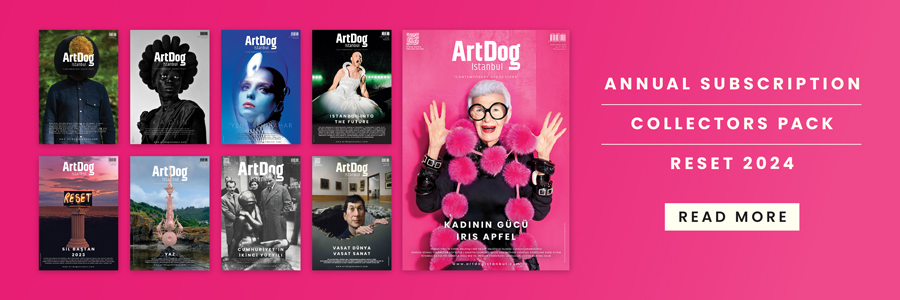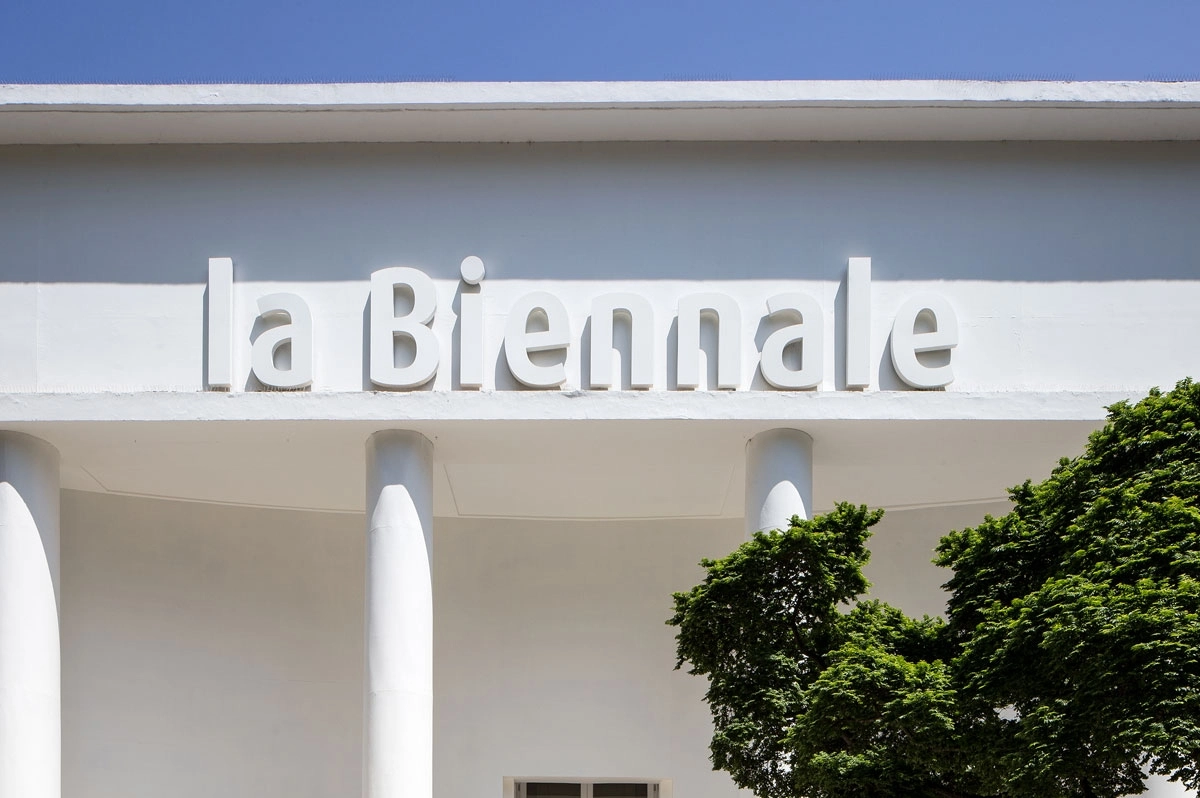This year Holy See Pavilion at 60th Venice Biennale hosts Maurizio Cattelan, Bintou Dembélé, Simone Fattal, Claire Fontaine, Sonia Gomes, Corita Kent, Marco Perego & Zoe Saldana, Claire Tabouret along with a diverse program. The title of the exhibition Con i miei occhi (With my eyes) is taken from Shakespeare’s poem. The pavilion’s exhibition looks through art, poetry, caring and humanity.
What is the most significant part of this year’s Holy See Pavilion? How is it different from previous editions?
Bruno Racine: For the first time the Holy See Pavilion at the Biennale Arte has its own space outside the Arsenale building. It’s hosted by the Women’s prison of Venice with which it interacts in a very close manner.

Does the venue, Women’s Prison, have a significant meaning for the project?
The choice of the venue is a statement in itself. It aligns with Pope Francesco’s emphasis on those excluded from society.
How does the title of the pavilion With My Eyes relate to the project, and could you please give some information on the project?
The title, chosen by Cardinal de Mendonça, himself a renowned poet, is an invitation to look beyond the surface of things : art opens new horizons.
(The title Con i miei occhi (With my eyes) is taken from a fragment of poetry that echoes an ancient sacred text and an Shakespeare poem. “I do not love thee with mine eyes” (Shakespeare, Sonnet 141) resonates with 42:5 of the Book of Job: “now mine eye seeth thee”. A cross-fade, gradually becoming an action where seeing is synonymous with touching, with the gaze, embracing with the eye, bringing sight and perception into a dialogue with each other.)
How do you come up with the idea of the project?
As curators we wanted to propose a formula different from traditional pavilions, since the Vatican doesn’t have a national artistic scene, something which would be both an artistic and human experience.
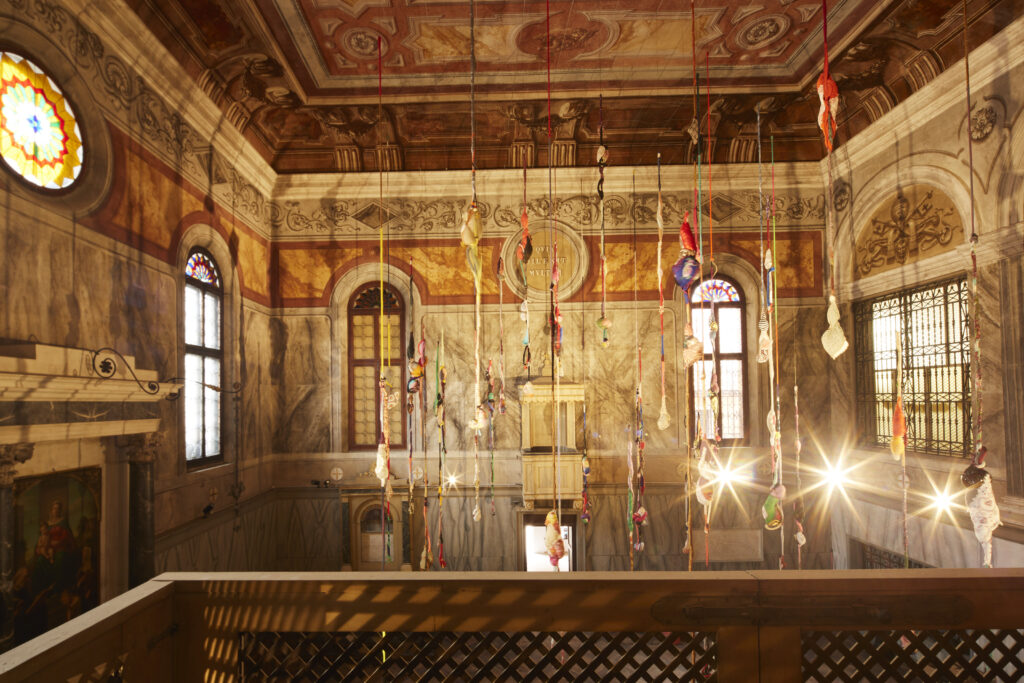
How are religious and artistic experiences similar? Do you think the artistic experience might also be related to the religious experience?
They are of course different but they can have something fundamental in common : both are capable to change our vision of the world and of the other.
Chirara Parisi: For artists, the act of creating and presenting their work embodies confidence and conviction. The moment when a work of art is presented to the public, often referred to as “the miracle,” can be paralleled with experiences of revelation and transformation, suggesting that artistic experience can indeed be linked to the spiritual experience of human creation.
The pavilion will host various programs, such as film screenings and workshops. What can viewers attend during the biennale?
BR: The visitors will be accompanied by an inmate through the different spaces of the prison, where the works of art are going to be disseminated.
CP: An international art exhibition that invites multiple generations of artists and creatives within its space and is a dynamic and multidimensional event that transcends traditional boundaries. This meeting of generations, countries, media, works and poetic expressions creates a vibrant tapestry of artistic dialogue. By including a parallel program of lectures, workshops and even an aspiration to incorporate a gymnasium, the exhibition goes beyond a simple display of visual art. It fosters an environment of learning, physical engagement and community building.
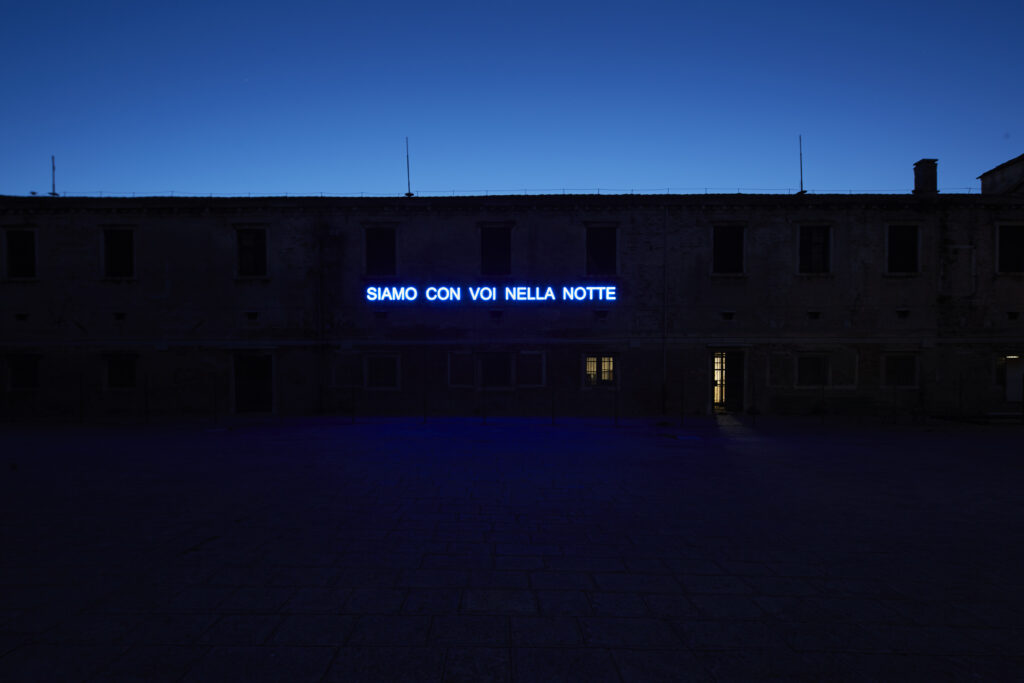
How do you come up with artists for the pavilion? Were there any criteria?
BR: The artists have been invited on the basis of their sensitivity and their desire to work in such a complex human context. We have also tried to have a majority of women and a great diversity of origin.
CP: It is an inclusive and holistic approach for the diversity of art practices, and also encourages interaction and collaboration among participants. It reflects the evolving nature of art as a reflective and interactive experience that connects people from diverse backgrounds and disciplines.
How did you choose Maurizio Cattelan as one of the artists, and what kind of artwork will we see by Cattelan?
BR: Maurizio Cattelan is a very profound artist. You can see a spiritual dimension in several of his works. For the pavilion he has realized a work both powerful and humble.
CP: Maurizio Cattelan was chosen for his unique blend of artistic ingenuity and philosophical depth. Recognized not only as an artist but also as a melancholy philosopher who feels everything intensely and immediately, Cattelan’s work also delves into issues of prejudice. His creations often challenge viewers’ perceptions, pushing the boundaries between art and social norms. By presenting Cattelan’s work, we invite participants to experience art that not only visually captivates but also provokes deep reflection and dialogue.
